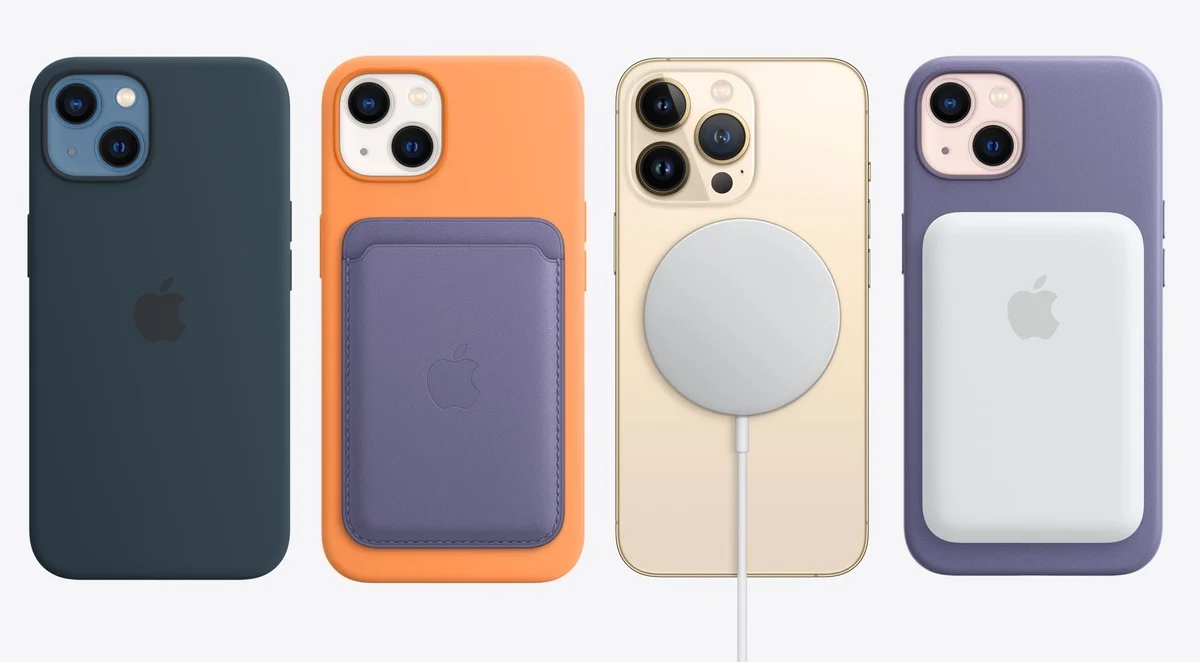What is MagSafe?| Types of MagSafe Chargers. When you learn about MagSafe, you will find details about the different types of benefits and the working processes
Introduction:
Apple Inc. developed MagSafe as part of the development of its MacBook laptop line of computers. The feature first appeared in the MacBook Pro in 2006 and has since become a common feature on many of Apple’s laptops.
The main advantage of MagSafe is that it can be safely and easily detached from the laptop if a person trips over the cord or pulls on it by accident. It is important to do this to prevent any damage to the laptop, the charger, or the individual who is using the laptop.
The charger can also be easily disconnected when not in use, which can help to preserve the battery as well as the charger’s life.
What is MagSafe?
There is a technology called MagSafe found in some Apple laptop chargers that prevent accidents resulting from tripping over the charging cord or pulling it too hard. With the help of magnets, the cord is securely attached to the laptop and can be easily detached if tugged on.
It helps to prevent the laptop and charger from being damaged, as well as preventing the user from being injured.
History of MagSafe:
When the MacBook Pro was being developed, a near-accident led to the development of MagSafe technology. This story describes how an Apple engineer was working at his desk when he accidentally knocked his laptop off the table.
If the laptop fell to the ground, the power adapter was pulled back by the charging cable and detached from the wall outlet, thus preventing the laptop from damaging itself.
The MagSafe system was developed as a result of this incident to prevent similar accidents from occurring in the future.
Originally introduced in 2006 with the MacBook Pro, this technology has been implemented in several Apple laptops since then.
There have been several updates and improvements to MagSafe technology over the years. MagSafe 2 is a thinner and more energy-efficient version of MagSafe, which was introduced by Apple in 2010. On Apple’s newer laptop models, USB-C charging has replaced MagSafe as the charging standard.
How MagSafe Works?
Magnets are used to secure the charging cord to the laptop with MagSafe technology. A magnet aligns and locks the cord into place once it is plugged into the laptop.
By doing so, the cable is prevented from being accidentally pulled out of the laptop and causing both the charger and the laptop to be damaged.
The magnets allow the cable to easily detach from the laptop if it is accidentally tugged on. Consequently, accidents and injuries can be prevented, as well as damage to the laptop and charger being prevented.
Benefits of MagSafe:
The use of MagSafe technology has several advantages:
Safety:
When someone trips over the cord or accidentally pulls on the cord, MagSafe can safely and easily detach from the laptop. The laptop and charger are protected from damage as a result of this, which helps to prevent accidents and injuries.
Convenience:
Connecting and disconnecting the charging cord from the laptop is easy with MagSafe. You will find this to be particularly useful when you are on the go and need to pack up your laptop and charger quickly.
Energy efficiency:
The MagSafe charger provides a high level of energy efficiency
MagSafe chargers are available in a variety of types, including:
MagSafe 1:
During the period between 2006 and 2012, this version of MagSafe technology was used on MacBooks. A MagSafe 1 charger resembles an “L” shape and is equipped with a proprietary connector.
MagSafe 2:
There are two generations of MagSafe technology, the latest of which was introduced in 2012. A MagSafe 2 charger uses a different connector that is not compatible with older MacBooks. It is thinner and more energy-efficient than a MagSafe 1 charger.
MagSafe 3:
MagSafe technology was introduced with the MacBook Pro in 2016, and this is the third generation. With MagSafe 3, charging is done with the USB-C standard, which is more widely adopted than the proprietary connectors used by MagSafe 1 and MagSafe 2.
MagSafe in the Future:
Future Apple laptop models may not continue to use MagSafe technology. The company has abandoned MagSafe in recent years in favor of the more widely adopted USB-C charging standard.
The convenience and safety benefits of MagSafe, however, have been cited as reasons why users might want to return to it.
Conclusion:
The MagSafe charging technology was developed by Apple to prevent accidents and injuries resulting from tripping over, pulling on, or tripping over the charging cable.
With the use of magnets, the cord is securely attached to the laptop, but can easily be detached if tugged upon.
There have been several updates and improvements to MagSafe since its introduction in 2006, and it has been a popular feature on many of Apple’s laptop models over the years.
Although it remains to be seen whether MagSafe will be incorporated into future Apple laptop models, it has proven to be a practical and convenient technology for many users.











